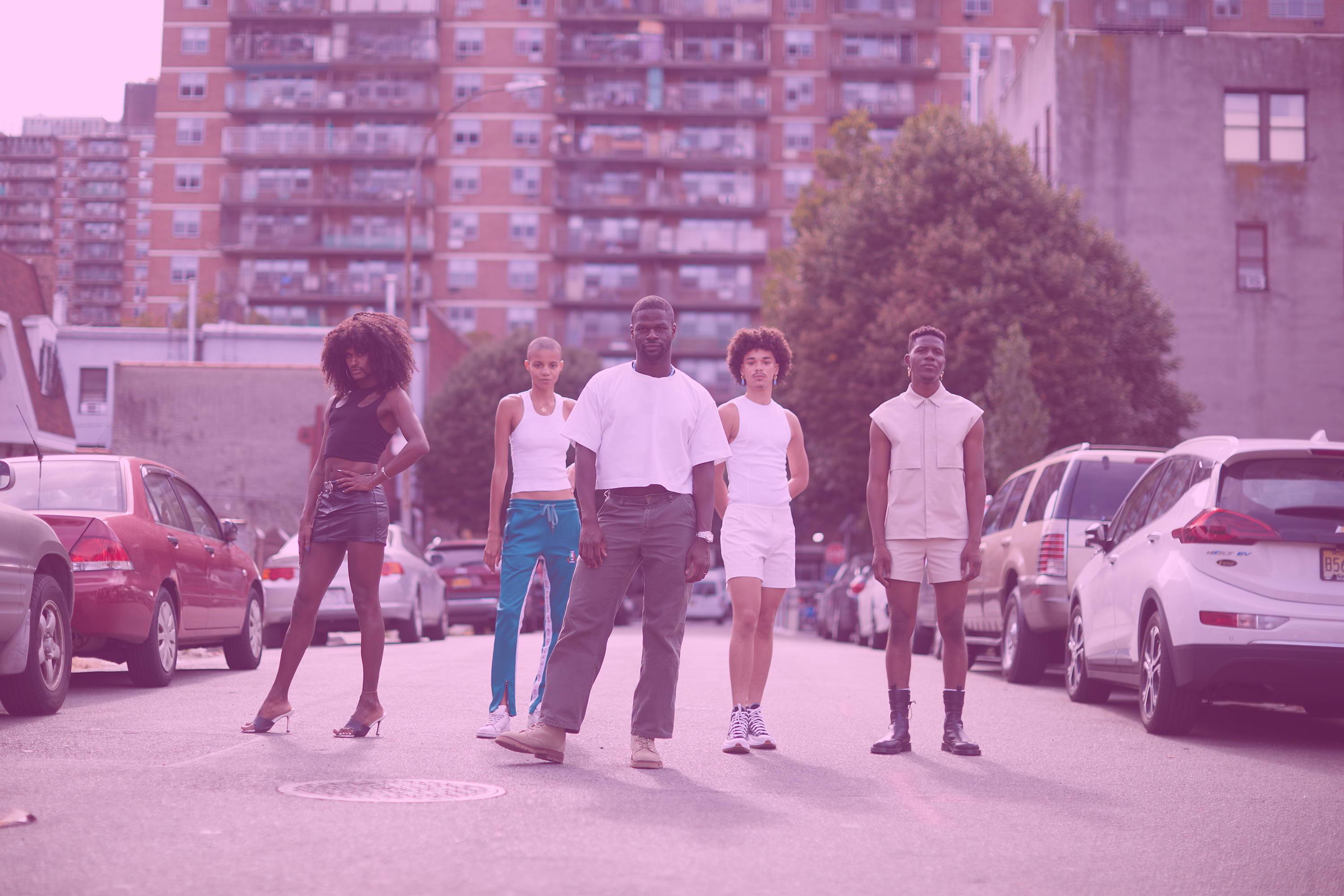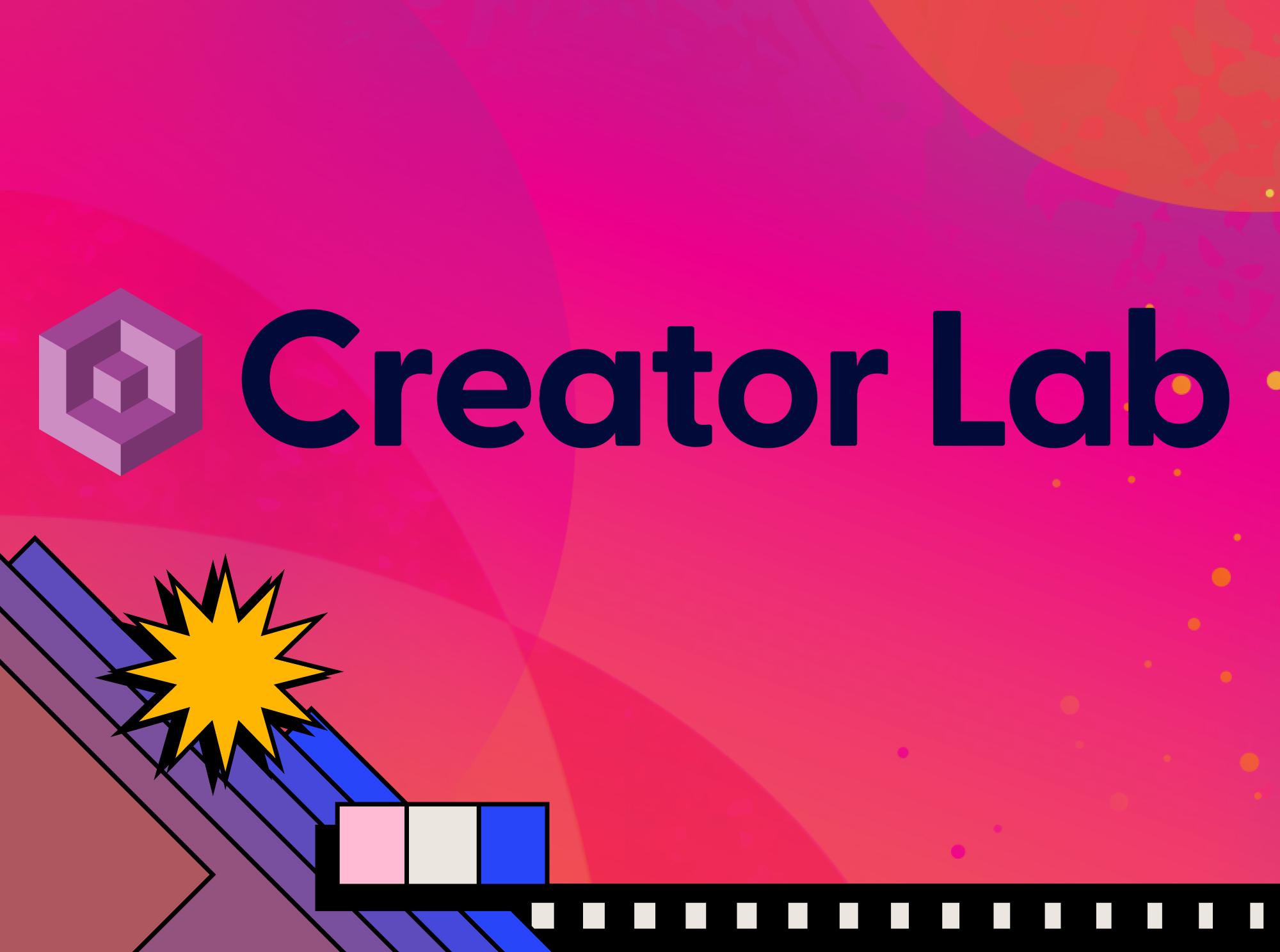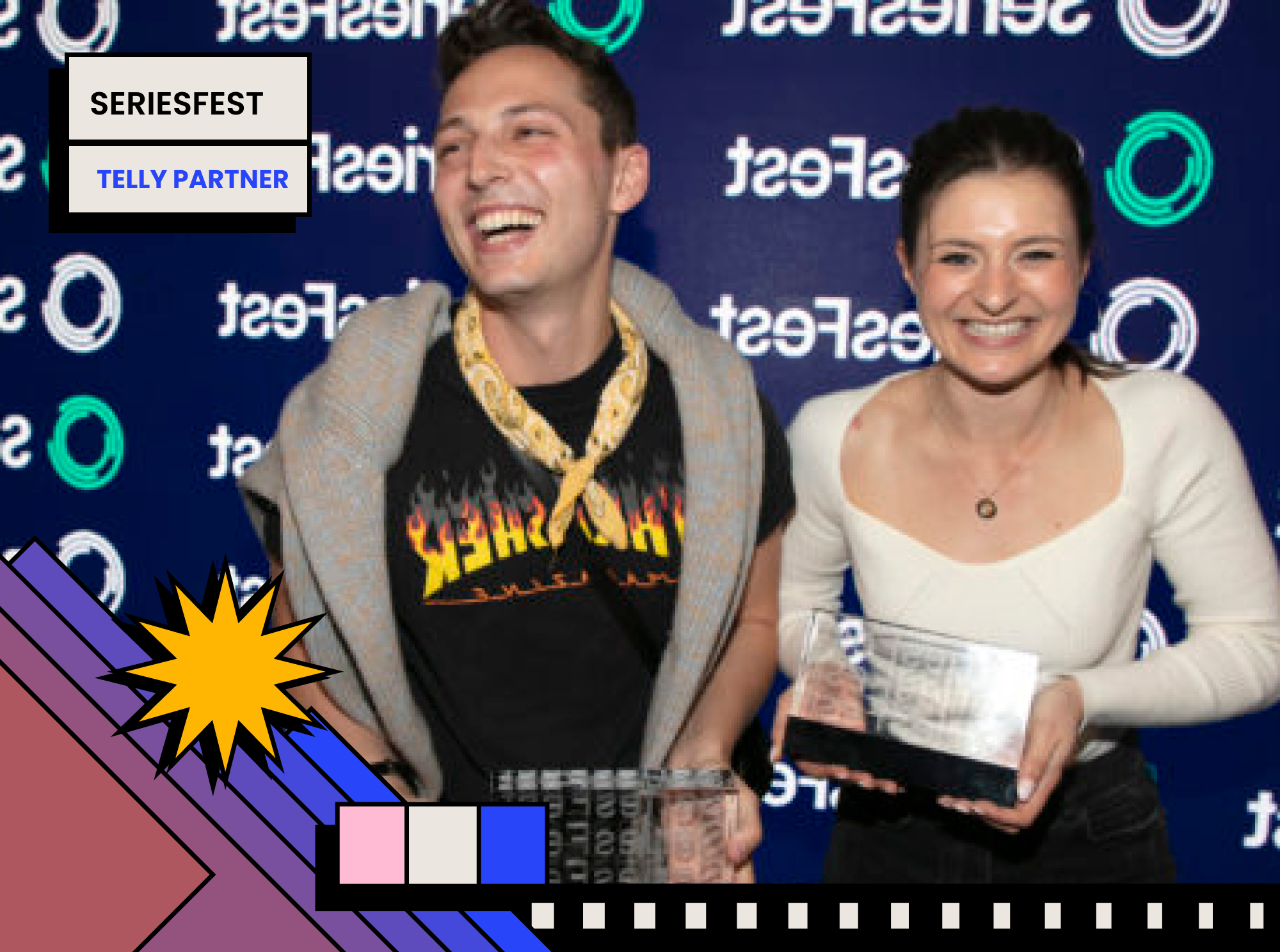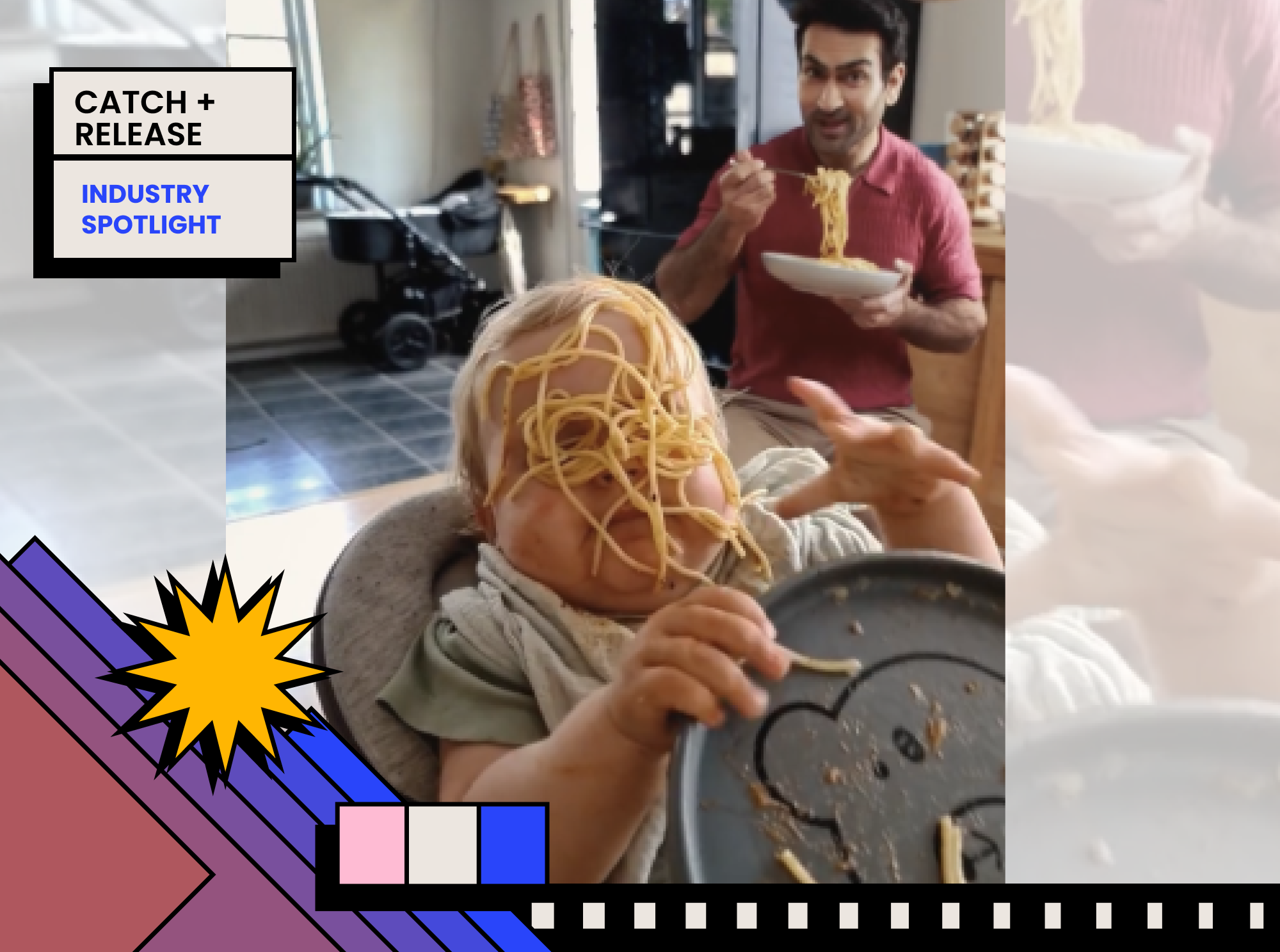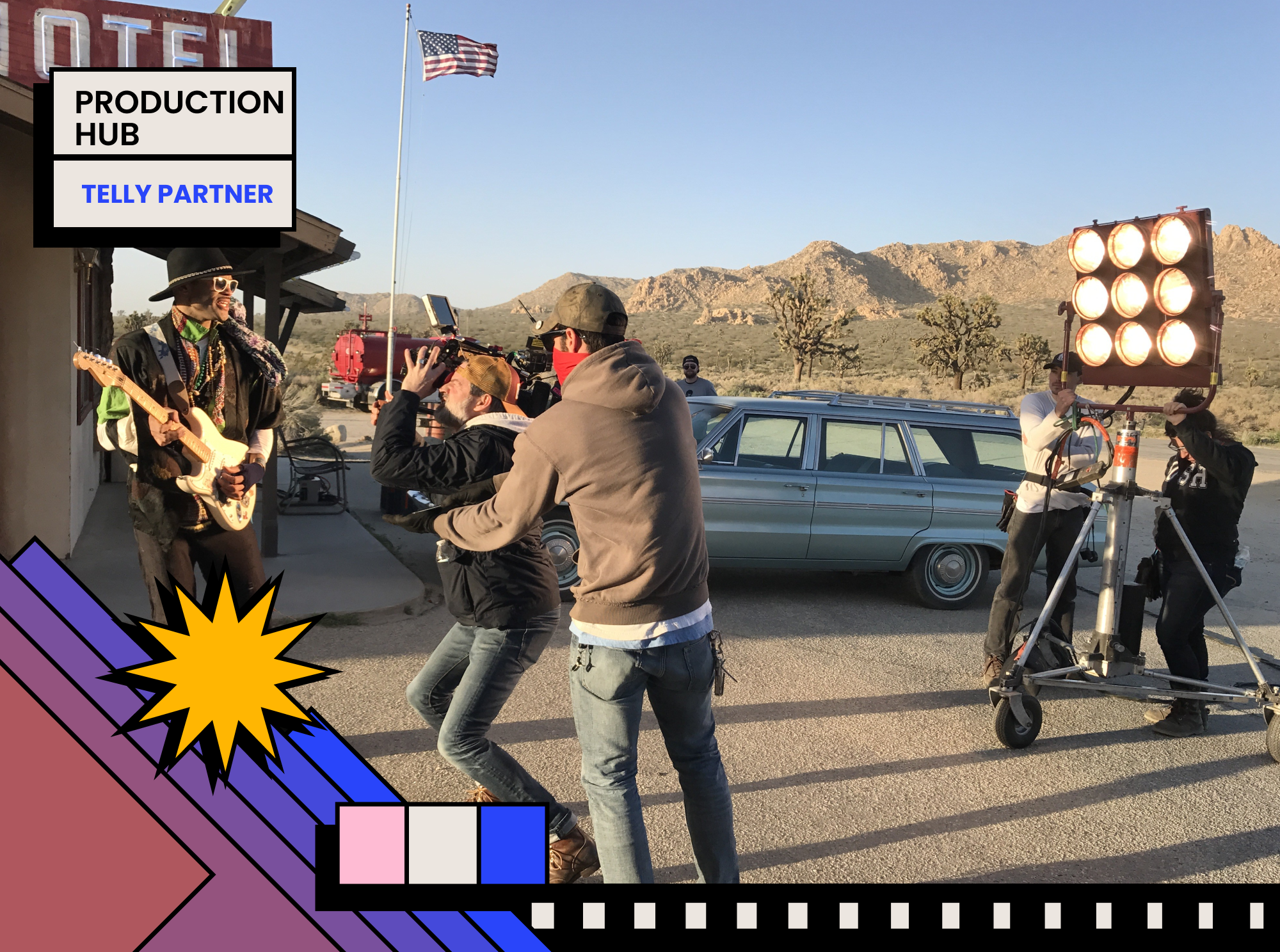For this month’s In Focus Interview, we’re excited to feature GLAAD, the leading LGBTQ Advocacy organization accelerating acceptance and equality around the world. Their approach to advocacy takes many forms, from PSA’s to celebrity interviews, social media content series, the GLAAD Media Awards, and much more. To see some of their Telly Award Winning video content, check out their Youtube channel here!
We sat down with Rich Ferraro, GLAAD’s Chief Communications Officer and an Executive Producer of the GLAAD Media Awards, to discuss how GLAAD uses video and social media content to aid their advocacy, what work inspires them, and the importance of queer representation in media.
Read our Q&A with Rich Ferraro below!
How does your team define creative success?
GLAAD defines creative success as a project that accelerates acceptance for lesbian, gay, bisexual, transgender, and queer (LGBTQ) people. Our work aims to enlighten and educate non-LGBTQ audiences about LGBTQ people and issues. Our work also aims to provide LGBTQ people, especially LGBTQ youth, with relatable and empowering stories. GLAAD is an organization that not only creates campaigns and content, but partners behind-the-scenes with the biggest names in news, Hollywood, gaming, advertising, and kids & family programming, to ensure LGBTQ people are included in their respective genres of media. What people see in the media has a huge impact on the decisions made in schools, living rooms, offices, courts, and all across our culture – so we see success as stories and content that harness that power and are also fair, accurate, and can build bridges between communities.
What does the creative process look like at GLAAD? Does it differ from project to project? If so, how?
For GLAAD’s creative process,we want to make sure all departments involved are in alignment with the mission of anything we put out – from PSAs to journalist guides to celebrity interviews. One item that is standard across everything we put out is intersectionality – we mandate all our internal and external campaigns and communications approach the LGBTQ community as the diverse community we are. Issues like voting rights, abortion, racial justice, immigration, gun violence, Black Lives Matter, Stop Asian Hate are all also LGBTQ issues because our community is full of such rich diversity. We prioritize projects that showcase underrepresented people within the community like trans people, bisexual people, LGBTQ people of color, LGBTQ people with disabilities – you’ll see this on stage at the GLAAD Media Awards and on our social media channels each day.
What is your favorite piece of work you created in the past year? Tell us the story behind it
The GLAAD Media Awards create pop culture moments and make news around the globe – it has been exciting to see how the impact of the event has grown exponentially over the last 15 years that I’ve worked on the show. This year we brought the show to audiences everywhere by streaming on Hulu. It is most definitely an all hands on deck experience, and our categories and nominations raise the bar for how quality LGBTQ representation is defined in the media for over three decades. Since its inception in 1990, the GLAAD Media Awards have grown to be the most visible annual LGBTQ awards show in the world, sending powerful messages of acceptance to audiences globally. Our red carpet welcomes nearly 200 press outlets and we ensure those media outlets ask informed questions about LGBTQ issues. We also work with the biggest names in culture to create stage moments about social issues that then travel around the world through press coverage and social. For example, we worked with Betty White to speak out for marriage equality at the height of the campaign to pass marriage for LGBTQ couples, we worked with Madonna to call on the Boy Scouts of America to end its ban on LGBTQ youth, we worked with Naomi Campbell to voice support for transgender women in modeling and fashion industries. These moments brought these LGBTQ issues into the pop culture zeitgeist and to so many popular press outlets. We also get to spotlight incredible LGBTQ talent to tell their own stories like Laverne Cox, who has been speaking about trans issues on our stages long before she was a household name or appeared on the cover of TIME magazine. One of our goals of the event is to introduce entertainment and news industries to the next generation of LGBTQ talent. This year was no exception, and we saw amazing performances and speeches from legends like Michaela Jaé Rodriguez, Wilson Cruz, JoJo Siwa, Ariana DeBose, Judith Light, and Kacey Musgraves. And our stage was home to an emotional marriage proposal from writer and former Survivor contestant Zeke Smith to actor Nico Santos.
What is the biggest creative risk you took recently? What was the outcome?
This year, we’ve seen close to 250 bills introduced that target LGBTQ people, especially youth. With this current climate, a lot of the work we do to protect LGBTQ people could be seen as “risky.” However, these are not political or controversial issues – these are human issues. With that, we recently debuted a PSA starring Amber Briggle, the mom of a transgender teen, and her family. The PSA is in response to the 2022 Texas directive which calls for investigations of child abuse into parents of transgender kids and teens. We saw an amazing response and pickup to the PSA, which is running nationally on networks and digital platforms including Comcast NBCUniversal, The Walt Disney Company, Paramount, Warner Bros. Discovery, and more. Our work at GLAAD, with amazing individuals like Amber, can humanize issues in ways that resonate with all Americans. Stories like Amber and her family help brands and media understand that LGBTQ stories are not ‘risky,’ they are part of the American fabric. We need brands and media to tell these stories if we are to grow acceptance. Watch the ‘Protect Our Families’ PSA here!
Whose work inspires you the most? Shout out some work that you feel deserves more attention!
We are inspired by the work being done by our partners in the LGBTQ and human rights advocacy spaces. The Ad Council’s “Love Has No Labels” campaign is exceptionally powerful and pertinent in today’s world. The GenderCool Project creates innovative content with young transgender people at a time when too many politicians and media pundits espouse misinformation about their lives. I’m also inspired by young people who are taking advocacy into their own hands and making their voices heard in the media and over social. People like Jack Petocz, a student in a Florida high school who was suspended for organizing a rally to respond to the dangerous ‘Don’t Say Gay’ bill. He created more attention for how students vehemently opposed the bill by leveraging media relations and social media messages. We should live in a country where students focus on education and their lives ahead, but unfortunately that is not the reality for many LGBTQ youth. Jack made his voice heard and is now continuing advocacy for other important issues beyond the Florida bill. He has since appeared at the White House and told his story at the GLAAD Media Awards in New York City. Whether it’s in school, in the workplace, or in the media, younger people will not accept anything short of full LGBTQ equality and inclusion – so many brands and media today are working to make that happen knowing that these are the employees and consumers of tomorrow.

